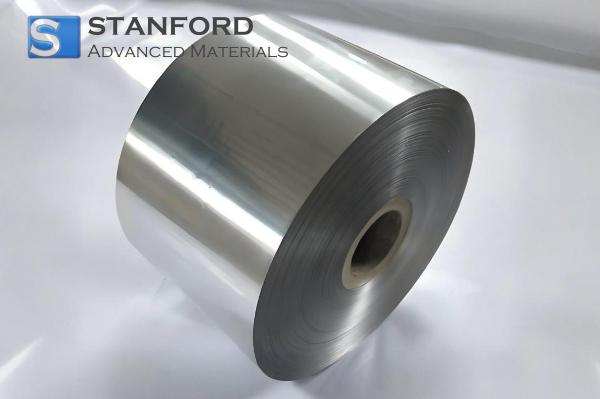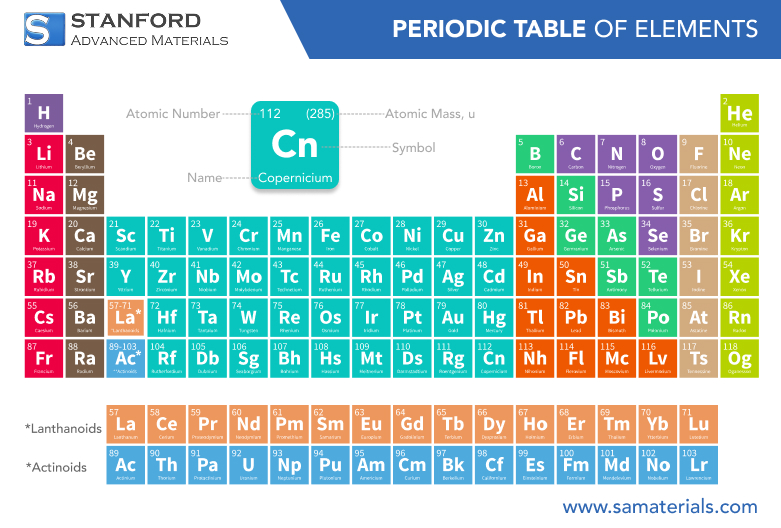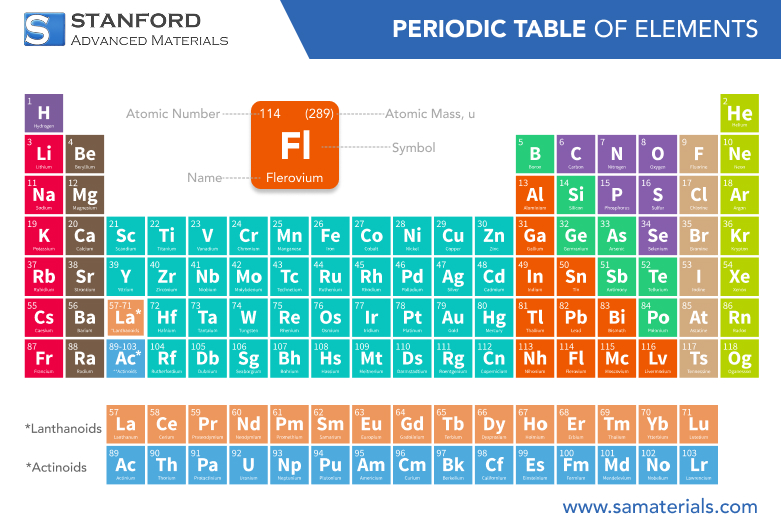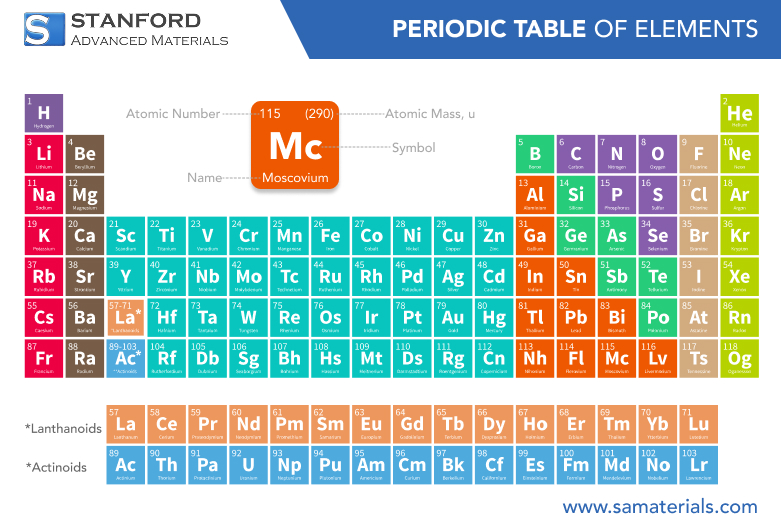Nihonium: Element Properties and Uses
Description
Nihonium (Nh) is a synthetic, highly radioactive metal with atomic number 113. It is extremely unstable, with only short-lived isotopes. Due to its rapid decay, its properties are largely unknown, but it is predicted to be a heavy post-transition metal.
Introduction to the Element
Nihonium is a synthetic chemical element with the atomic number 113. It was first synthesized in specialized laboratories, marking a significant milestone in modern nuclear chemistry. As an artificially produced element, Nihonium is not found in nature and is created under controlled experimental conditions. Its discovery has broadened the understanding of the periodic table and has provided scientists with valuable insights into the behavior of superheavy elements. For more information, please check Stanford Advanced Materials (SAM).
Chemical Properties Description
The chemical properties description of Nihonium is largely based on theoretical predictions since experimental data remains scarce. Positioned in group 13 of the periodic table, Nihonium is expected to share some chemical characteristics with its lighter homologues, such as thallium. The element’s electron configuration suggests that it could demonstrate similar reactivity patterns, although relativistic effects may alter its behavior significantly.
Preparation Methods
Nihonium is produced through advanced nuclear reactions performed in high-energy particle accelerators. The preparation methods involve bombarding a heavy target material with accelerated ions, inducing a fusion reaction that leads to the creation of Nihonium atoms. These methods require highly controlled experimental conditions and the use of sophisticated detection equipment due to the element’s fleeting existence. Although the synthesis process is complex and resource-intensive, it has paved the way for the production of other superheavy elements.
Frequently Asked Questions
What is Nihonium?
Nihonium is a synthetic, radioactive element with atomic number 113, known for
its extremely short half-life.
How is Nihonium produced?
It is produced in high-energy particle accelerators through nuclear fusion
reactions involving heavy ions and target materials.
What are the chemical properties of Nihonium?
The element is predicted to have reactivity similar to other group 13 elements,
with unique relativistic effects affecting its behavior.
Why does Nihonium have limited common uses?
Due to its rapid decay and instability, its applications are restricted
primarily to experimental research rather than practical use.
Are there any industrial products related to Nihonium?
Although Nihonium itself is not used commercially, the specialized equipment
developed for its synthesis benefits nuclear research and related industrial
technologies.







